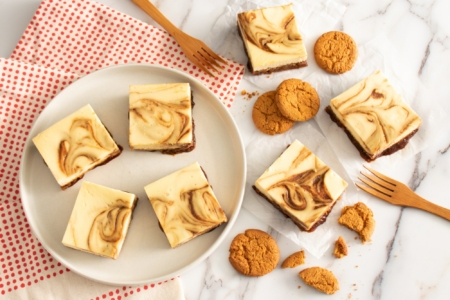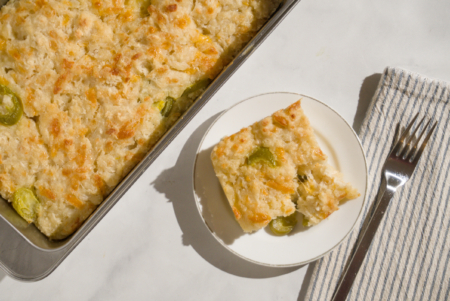Tender, succulent, and tasty shellfish is a healthy way to get a large amount of protein that’s relatively low fat leaving you satisfied and full for hours. Unfortunately, shellfish such as shrimp and scallops can become rubbery and unpleasant if overcooked. Using the sous vide cooking method, shrimp, prawns, calamari, scallops, and even lobster can all be cooked to the perfect level of doneness with little effort.
Here’s how to cook shellfish using sous vide.
1. Shrimp Cooking Temperatures and Times
2. Scallops Cooking Temperatures and Times
3. Calamari Cooking Temperatures and Times
4. Ingredients and Tools
5. Preparation
6. Suvie Directions
7. Immersion Circulator Directions
8. Finishing
9. Recipes
10. FAQs
Shrimp
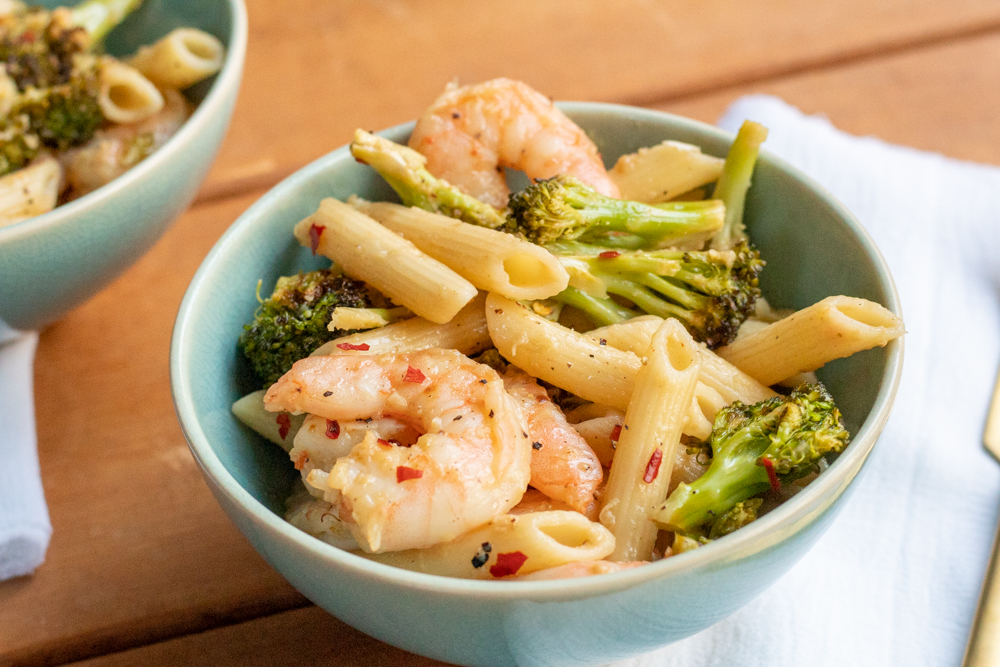
Unfortunately, the line between perfectly cooked punchy shrimp and inedible balls of rubber is razor-thin and enough of a challenge to frighten off even the most ardent fans of this spectacular shellfish. Fortunately, with the unparalleled precision and accuracy of Suvie and sous vide cooking, shrimp is now incredibly easy.
| Temperature | Time | Result |
| 125˚F* | 30 minutes | Very tender and juicy |
| 130°F | 30 minutes | Medium, tender, juicy, and slightly firm |
| 135°F | 30 minutes | Medium well, juicy and pleasantly firm |
Scallops

Scallops, when cooked well, are delicious seafood treat that’s hard to beat. Many people are too intimidated to cook scallops at home and with good reason, overcooked scallops are rubbery inedible messes. Using Suvie and the sous vide cooking method ensures perfectly cooked scallops every time
| Temperature | Time | Result |
| 125°F* | 30 minutes | Very soft and tender |
| 130°F | 30 minutes | Tender yet slightly firm |
| 135°F | 30 minutes | Firm |
Calamari

Light and comforting, calamari is the perfect companion to a warm summers day. However, anyone who has tried to cook calamari at home knows that the line between tender, tasty perfection and unedible rubber is razor-thin. Sous vide and Suvie widens that gap considerably, turning home-cooked calamari into a no-fuss affair.
| Temperature | Time | Result |
| 138°F* | 2 hours | Soft and tender with a bit of chew |
| 138°F | 3 hours | Soft and tender |
*Please note that some of these temperatures are lower than what the FDA recommends. Consuming raw or undercooked meats, poultry, seafood, shellfish, or eggs may increase your risk of food-borne illness.
Ingredients and Tools
- Shrimp, Scallops, or Calamari
- Salt
- Pepper
- Oil or butter
Equipment
- Suvie or immersion circulator
- A large pot (if using a sous vide wand)
- Vacuum sealer and bags or Freezer safe sealable plastic bags
Preparation
If you’re using an immersion circulator, pre-heat your water bath to the desired temperature
Pat shellfish dry and season with salt and pepper.
Place shellfish in a plastic bag, add a little bit of oil or some butter.

Follow our guide if you are using the water displacement method.
Suvie Directions

Place the bag into the Suvie protein pan and cover with water. Place in Suvie and use the following settings:
Suvie Cook Settings
Bottom Zone: Sous Vide at 125-138°F for 30 minutes to 2 hours (based on desired doneness)
Top Zone: Sous Vide at 125-138°F for 30 minutes to 2 hours (based on desired doneness)
Once the cook is finished, remove the bag from the water bath or pan.
Remove the shellfish from the bag and pat dry with a paper towel.
Immersion Circulator Directions
Once the immersion circulator has reached the required temperature, gently lower the plastic bag into the water. Ensure that the plastic bag is not touching the metal rod of the immersion circulator.
Once the cook is finished, remove the bag from the water bath. Remove the shellfish from the bag and pat dry with a paper towel.
Finishing
If you’re cooking scallops we recommend cooling them in an ice bath before searing in a pan.
Suvie
If you’re using your Suvie, place the shellfish in your protein pan and place under the broiler for 5 minutes on each side, checking often to ensure that it doesn’t burn.
Pan
Heat some vegetable oil or butter in a non-stick skillet over medium-high heat. Place shellfish in the pan and cook each side for around 30 seconds.
Remove the shellfish from the pan and serve immediately.
Recipes
Easy Garlic Herb Shrimp with Peas

Shrimp and Spinach over Whole-Wheat Pasta

Mediterranean Shrimp with Orzo

Southwestern Shrimp Bowl

Shrimp Satay

Shrimp Scampi

Cajun Shrimp Tacos

Garlic Shrimp with Broccoli
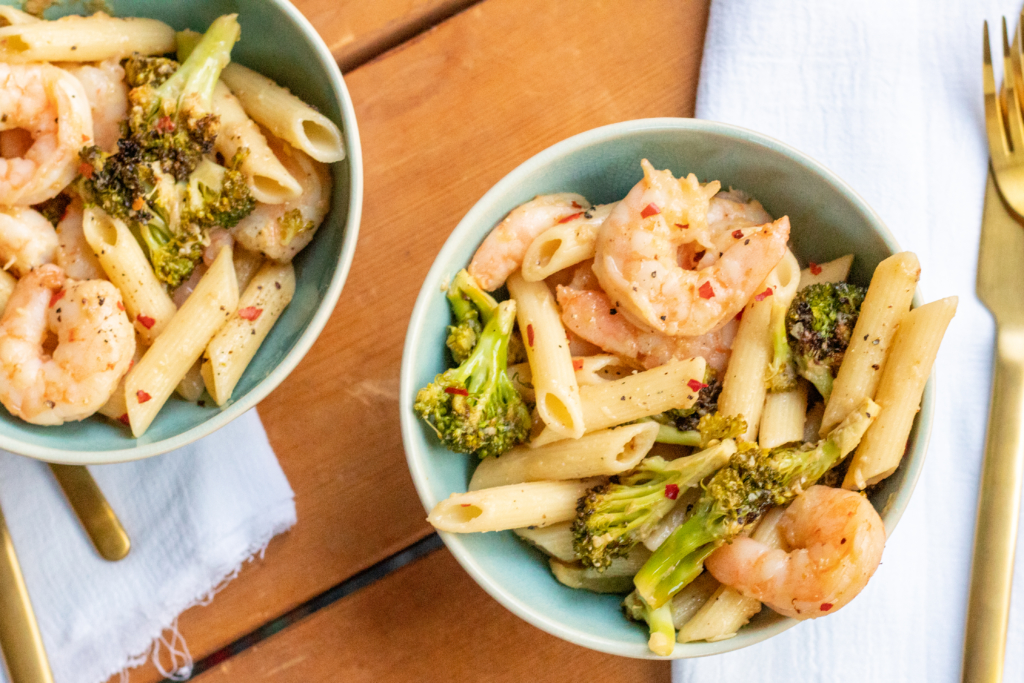
Shrimp Stir-Fry

Seared Scallops with Lemon Butter Sauce
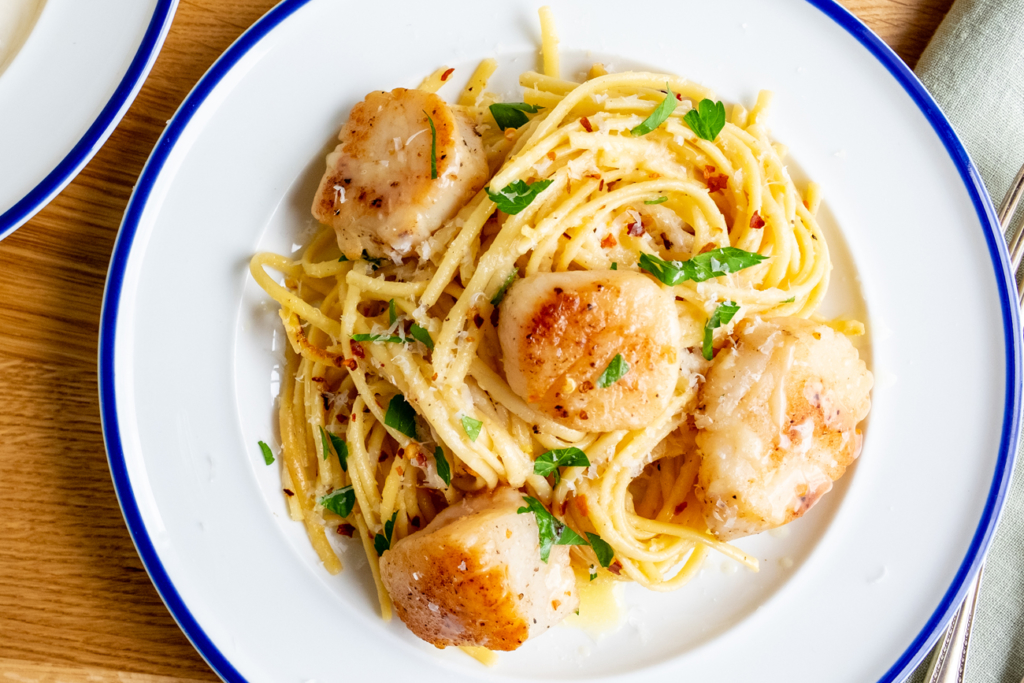
New England “Baked” Scallops with Creamy Linguine
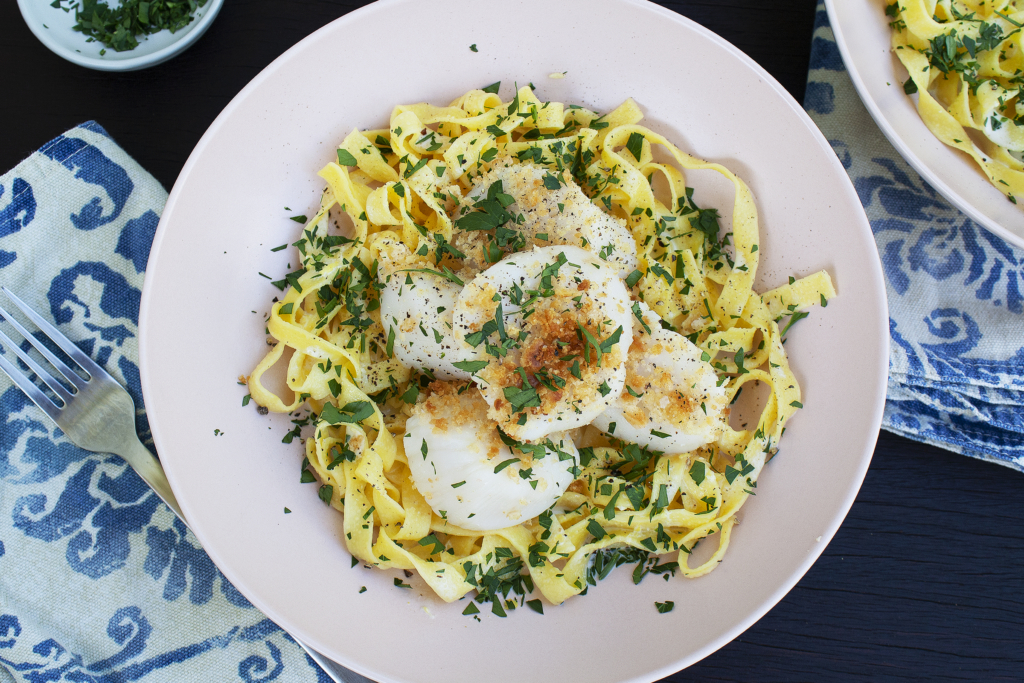
Lobster Rolls

FAQs
Are the cooking temperatures safe?
Our recommended cooking temperatures for Sous vide and Suvie are lower than what the USDA recommends, however, cooking times and temperatures are long enough and high enough for “pasteurization” to make your food safe. The USDA recommendations indicate the temperature needed to instantly kill food pathogens. By cooking for a longer time at a lower temperature we are able to achieve the same effect. However, high-risk populations should use extra caution when preparing foods below the USDA recommended temperatures.
Can I use any type of plastic bag?
You can, however, make sure that they are made from polyethylene. Some branded bags are made using polyethylene which is a BPA and dioxin free plastic that can safely handle sous vide cooking temperatures up to 190°F. Some generic branded plastic bags are made using cheaper polyvinyl chloride (PVC) which cannot handle high temps and contains chemicals that can leach into food.
Can I use frozen shellfish?
Yes! This technique will work with frozen calamari, scallops, and shrimp. If you’re cooking straight from the freezer just add an additional 30 minutes to the sous vide time.
Can I refrigerate the shellfish after the sous vide process and sear it later
For food safety reasons, it’s best to consume shellfish soon after cooking. However, in the case of scallops, we recommend cooling them in an ice-bath before searing.

